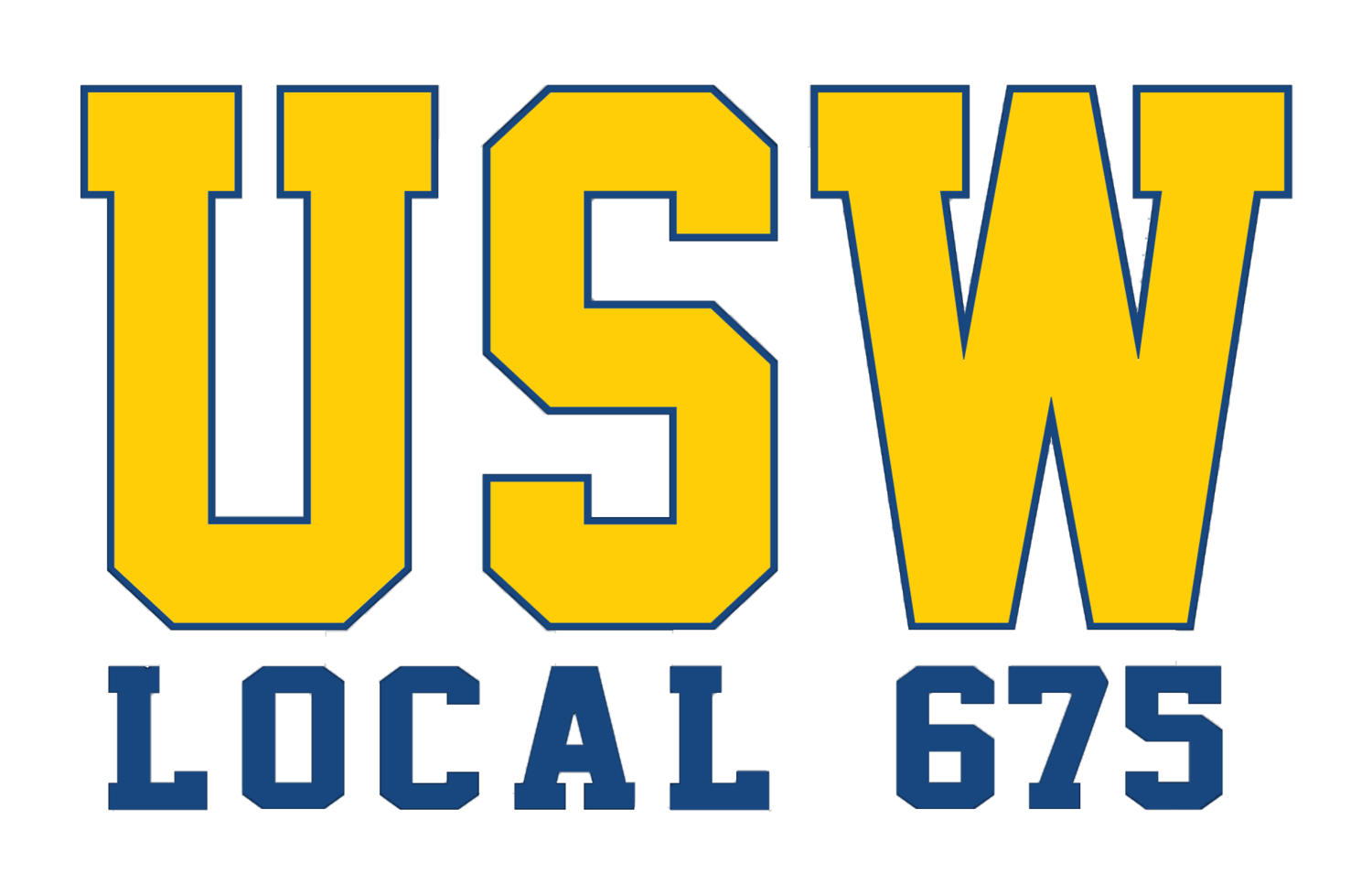by Dave Campbell, USW 675 Secretary-Treasurer
With some frequency I get two questions related to union dues. One relates to the perception that some other unions, primarily in the building trades, provide benefits through their dues and the other is that dues money is spent on politics.
First, we’ll deal with the perception that some building trades unions provide benefits through their dues structure.
Unions have developed two different models of organization, reflecting differences in how their industries are organized.
Where unions use apprenticeship programs and hiring halls to control the amount of labor and (its price) available to many different employers, the individual worker/member may work for hundreds of different employers during the course of his or her career. In that situation, having a negotiated pension plan, a medical and dental plan, or a training program with each employer is entirely unworkable. So those unions have developed a system of negotiating contributions from the EMPLOYERS to jointly supervised Taft-Hartley Funds.
Generally, while the employers and the union have an equal number of Trustees supervising these Taft-Hartley Trust Funds and those Trustees usually have professional advisors, the day-to-day administration of the Taft-Hartley Trust Fund is left to the union. Thus, a retired plumber, for example, might get a pension check from the Plumber’s Taft-Hartley Pension fund. But the funding for that pension came not from that member’s dues but from the contributions of his or her several hundred employers, contributions that were negotiated by his or her union. These unions are also called craft unions.
Other employers, generally more regional or national in scale, tend to have career employees who work only for them for their entire working lives. Due to the economies of scale these employers have found a better bang for their buck in having one pension plan and a limited amount of medical and dental plans that they offer regionally or nationally, perhaps with one or two HMO’s in the mix.
These benefit plans generally cover all employees, hourly and management alike. These employers are organized “wall-to-wall” by industrial unions. Instead of breaking-up the employer’s benefits schemes (and their economies of scale) these unions have found it more cost effective for their members to negotiate the benefit levels and any cost-sharing, rather than to negotiate cents per hour contributions to the various benefit plans.
This is why the perception of building trades providing benefits through their dues structure is incorrect. In either case, both building trades and industrial union dues pay to finance the union itself in its efforts to negotiate fair contracts for its members and to organize the unorganized market competition within their respective jurisdictions.
Second, there is the matter of politics. To listen to the Big Press one would believe that unions spend vast amounts of dues money in federal elections. Not true! Until very recently, when the Supreme Court’s Citizens United allowed the very rich to put unlimited money into politics it was flat-out illegal for unions to use ANY dues money in federal elections. That was also the case with many state elections. The money that was used by unions was ALL money voluntarily contributed on an individual basis by their members over and above their dues.
Even after Citizens United the Steelworkers use no dues money in federal elections. Furthermore, in the Steelworkers locals are not permitted to make contributions to candidates in either local or state elections. Instead, 25 cents per member per month is contributed to a regional Legislative and Education Fund and a regional committee, composed of representatives of all the locals contributing to that Fund, decides how to disburse that money, some of which can be contributed to local or state candidates. So the maximum that could be contributed by them of your dues-derived money to local and state candidates is $3.00 per year!
But of that, hardly any is contributed to candidates anyway. Most of it goes to fund what is known as labor-to-labor Get-Out-The-Vote (GOTV) campaigns where union members go door-to-door to other union members’ homes, dropping off literature, talking about the ballot initiatives to be decided, and urging members to participate in the election. Dollar-to-dollar Labor cannot compete against Business.
Many of the Business sponsored initiatives are anti-worker and anti-family. To get more money for politics Business needs merely raise their prices. But unions can’t do that. But unions can compete with Business in terms of turning out their members to vote so that is where most of the Steelworkers political money is spent. Finally, what issues to support on the ballot and which ones to oppose is determined by the membership of the union. No union “boss” decides for them.
